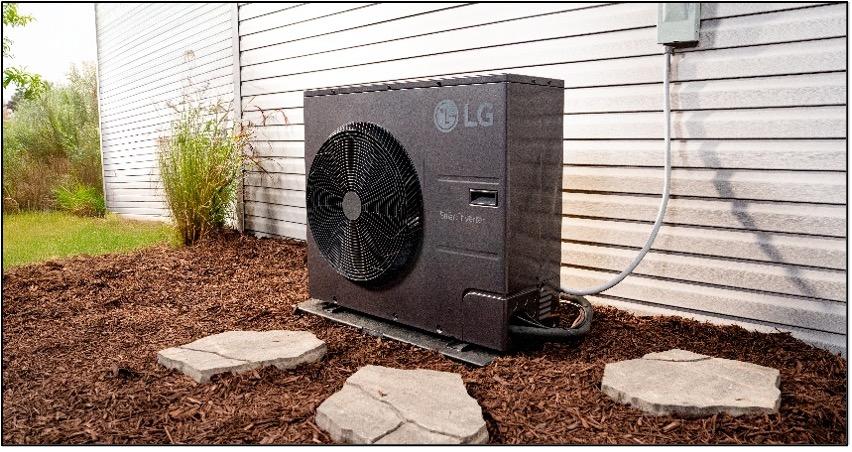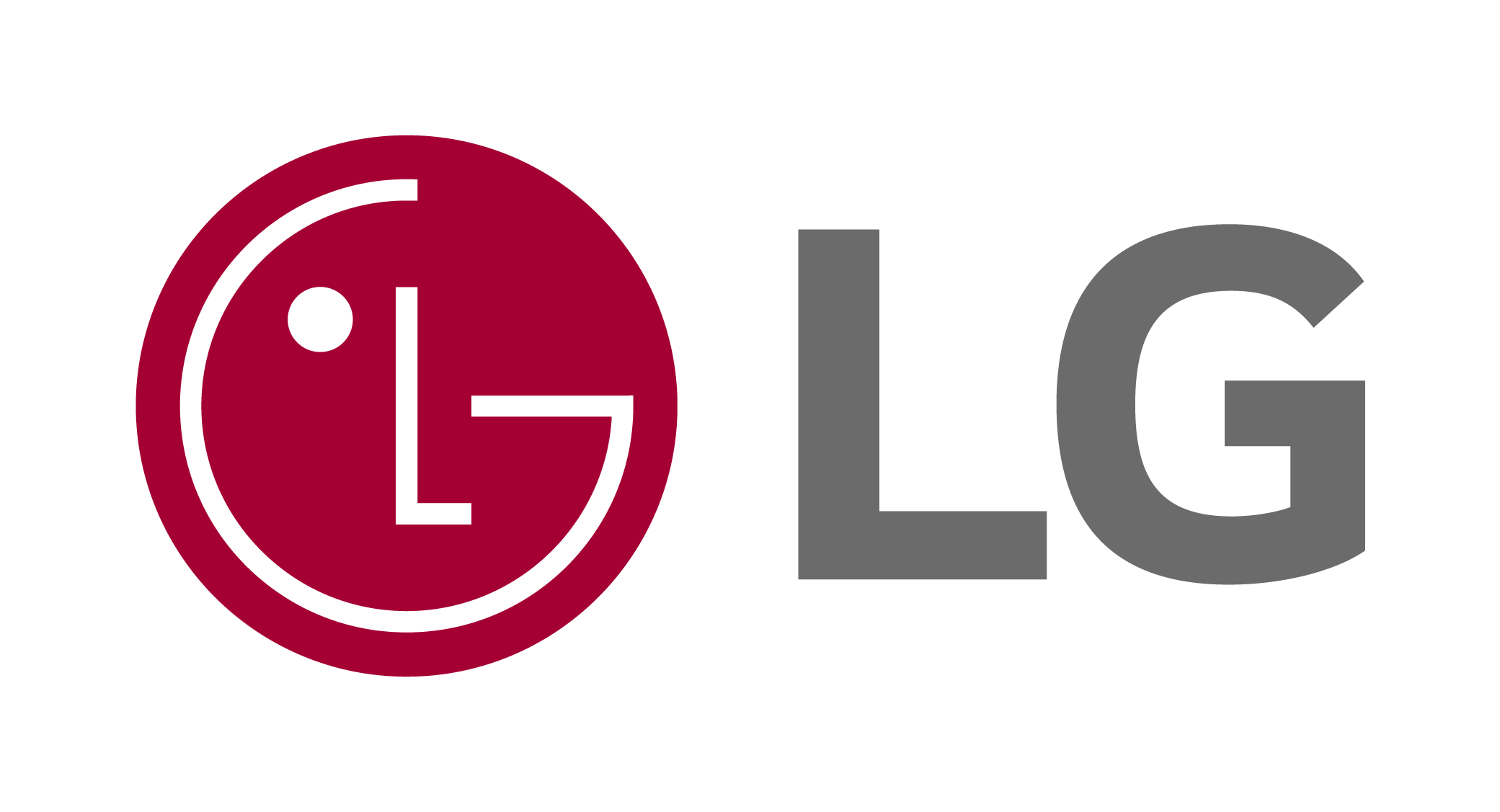Navigating the Transition to Lower GWP Refrigerants: What Homeowners and HVAC Contractors Need to Know
By Chris Jung, President & CEO, LG Electronics North America

Every few decades, the HVAC industry undergoes a shift that redefines how we heat and cool our homes and businesses in the United States. Now we’re in the midst of another major transition: the move away from R-410A refrigerant toward lower-global warming potential (GWP) refrigerants like R-32 and R-454B.
This change is not optional—it’s mandated by U.S. regulations under the AIM Act, which required equipment manufacturers to transition to lower-impact refrigerants at the beginning of this year, while the transition contractors and consumers installing new units starts January 1, 2026. While to some this may feel daunting, this moment is really an opportunity: to install more efficient systems, reduce carbon footprints, and deliver long-term value for homeowners.
At LG, we’ve been here before. We successfully guided our customers through the transition from R-22 (aka Freon) to R-410A, and over the past two years we’ve been leveraging that experience to make today’s shift to R-32 as smooth as possible. Our message is simple: with the right preparation and the right partner, this transition is manageable, safe and beneficial.
What Homeowners Should Know
For homeowners, the most important point is reassurance. The new so-called “A2L” refrigerants are described as “mildly flammable,” which can sound alarming. In reality, they are far closer in behavior to the non-flammable refrigerants we’ve used for decades than to some refrigerants like propane used on other countries. Safety standards for A2Ls have been rigorously updated, and new equipment is designed with leak detection sensors, automatic shut-off systems, and other safeguards.
From a performance perspective, these A2L refrigerants are more efficient than R-410A. For homeowners considering an upgrade, especially to air-source heat pumps, the transition represents an opportunity to adopt future-ready lower-GWP equipment that lowers energy bills while reducing environmental impact.
What Contractors Should Know
For contractors, the refrigerant transition is both a challenge and a growth opportunity. Training is critical—installers must be familiar with updated handling practices, new safety codes, and A2L-rated tools. The good news: as we explain to contractors at our LG HVAC Academies, the vast majority of procedures and tools remain the same. Best practices like leak detection and proper evacuation, always important, are now essential.
Contractors should also prepare for a split market. While LG has selected R-32 for our residential systems due to its efficiency and global alignment, some other manufacturers are adopting R-454B. That means vans may carry more cylinders than before. Proper labeling, organization, and attention to refrigerant type will be key.
Leadership Role
LG has chosen the R-32 refrigerant because of its strong global track record, efficiency advantages and streamlined serviceability as a single-component refrigerant. Our air-source heat pump portfolio is already leading this transition, giving homeowners high-performance solutions that also help achieve sustainability goals.
Our U.S. HVAC business represents a key element of LG Electronics’ global acceleration of B2B operations as a central component of its overall business portfolio innovation strategy. Next, we are preparing our Variable Refrigerant Flow (VRF) systems for the same evolution in 2027. VRF technology is rapidly expanding in commercial and multifamily applications, and LG is investing to ensure these solutions make the shift with minimal disruption and maximum customer benefit.
Looking Ahead
The refrigerant transition is about more than compliance—it’s about building a sustainable future. For homeowners, that means lower energy bills, comfort, and peace of mind. For contractors, it means new business opportunities and the chance to be trusted advisors during a once-in-a-generation change.
At LG, we’re embracing this transition with the same spirit of innovation, training and partnership that have defined us in the past. Together, we can make this transition not just manageable, but transformative.

